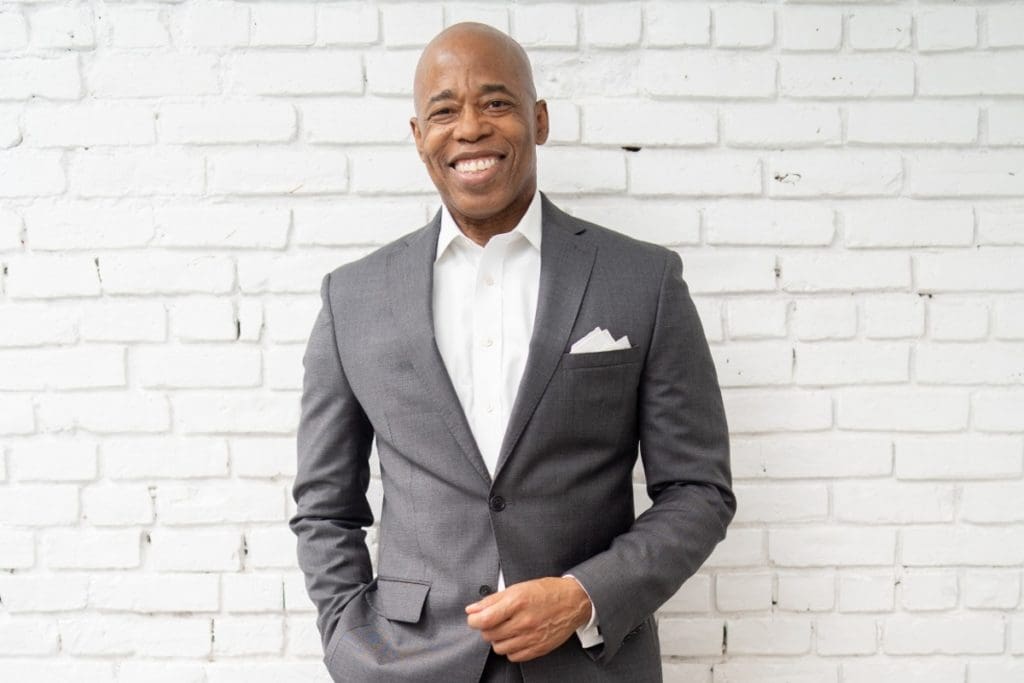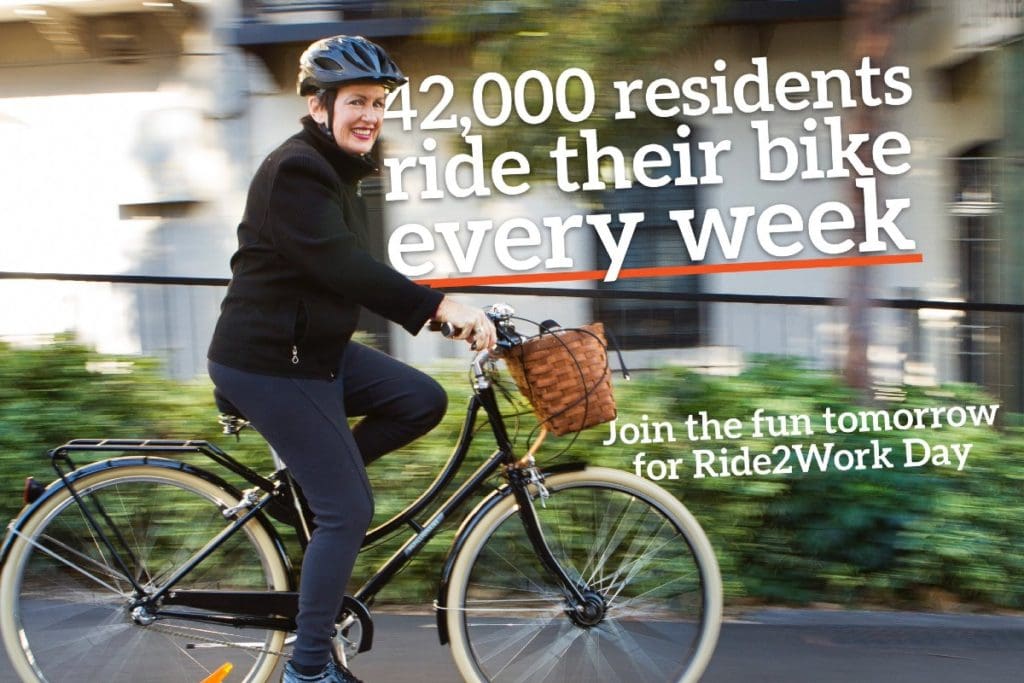Pro Micromobility Mayors Win Elections

Montreal, Canada
The following article was first published by The Guardian on Friday 29th October. Since then, there have been several more key mayoral election results that the original article could only speculate upon. Therefore, at the end of this article, I’ve added an update that includes more very recent ‘pro-micromobility’ mayoral victories.
Every politician knows the word ‘bikelash’. From Milan to London, from Sydney to Vancouver, reallocating public space from motor vehicles for people to walk and cycle will inevitably send some residents into paroxysms of anger.
But a persistent theme is that voters have time and again re-elected the mayors responsible for ambitious road reclamations, often with overwhelming majorities. Although many presume these policies are toxic, projects that make cities more liveable have been shown to be good urban policy and good politics.
On 3rd October 2021, Milan’s mayor, Giuseppe Sala, won re-election after reclaiming 22,000 sq meters of vehicle lanes to create 38 neighbourhood plazas over three years and 35 kilometres of cycling and walking space on main travel corridors during the pandemic. This citywide reordering of streets put half of Milan’s 1.35 million residents within walking distance of new public space. The measures were strongly opposed by some residents concerned about the loss of parking and driving space, but Milanese voters ultimately rewarded Sala with 56% of the vote.
“It’s easy to argue about parking,” said Sala. “But it’s difficult to dispute a new city space filled with people and with signs of life commerce and a sustainable purpose where there was nothing before. It’s critical to act to meet the climate and sustainability moment with something meaningful that people can see, feel and use.”
London’s mayor, Sadiq Khan, won re-election in May 2021 after creating or completing 260 kilometres of new bike routes. Faced with an opponent who vocally opposed improvements for cycling and walking, the Labour mayor won 55% of the vote in the runoff.
In 2020 voters in Paris returned the socialist mayor Anne Hidalgo to a second term after a radical remaking of the city’s landscape before and during the pandemic. Hidalgo has spurred a cycling golden age, building hundreds of kilometres of bike lanes, turning the crosstown Rue de Rivoli into a churning bike- and bus-priority corridor, and pedestrianised a highway along the right bank of the Seine. Intense opposition and driver protests did not translate into votes: Hidalgo won by a margin of 18 percentage points in the second round of voting.
Barcelona’s mayor, Ada Colau, in 2019 was re-elected by the city’s council after expanding citywide biking corridors and creating innovative ‘superblocks’ – pedestrian-priority neighbourhood streets that are furnished with chairs, tables and playground equipment to calm traffic and create community space. She and her government have gone on to more than double the bike network and reallocate 30,000 sq metres of road space from cars.
In Oslo, the city council re-elected mayor Marianne Borgen in 2019 after introducing policies that removed most of the city’s downtown parking spaces to ease pollution. Clover Moore in Sydney has already won three re-elections despite strong blowback to her pro-cycling agenda; she is now running to win a fifth term in December 2021. Tel Aviv’s electorate re-elected Ron Huldai partly owing to his bike-lane and pedestrian space actions.

Voters consistently remind us that it is they and not the pundits, tweeters or headline-writers who decide elections. Though road reclamations reliably serve as public-relation challenges for cities, experience shows that residents adapt quickly to road changes and predictions of traffic nightmares and business failures do not come to pass.
The authors of this article experienced this directly as New York City’s transportation commissioner and department spokesperson under mayor Mike Bloomberg, who won a third term in 2009 just months after pedestrianising Broadway at Times Square and after building 322 kilometres of bike lanes in two years.
The improvements to street space won over residents. In the final New York Times poll of the Bloomberg era in 2013, 72% of New Yorkers supported the creation of plazas across the city, 73% supported the city’s new bikeshare system and 64% supported the bike lanes. If these margins were votes, bikes and pedestrian space would be elected mayor in a landslide.
Experience often overtakes fears after projects have time to become part of daily life in cities. Studies of New York, London, Toronto, San Francisco and other American cities determined that pedestrian and cycling infrastructure increased retail sales by making streets and the stores along with them better for shoppers on foot, bike and public transport.
Bikelash can be exhaustingly repetitive, to the point where even media writers are tired of the ritual of discussing bike lanes solely in terms of controversy. Reflecting on a decade of bike controversies across Canada, Toronto’s the Globe and Mail this month asked, “Is the war against bike lanes finally over?”
Perhaps not quite yet, but the editorial took the view that bike lanes had, “grown from political flashpoints – and ideological signifiers – to standard-issue civic infrastructure.”
It added, “The arguments over bike lanes are settled. They’re becoming what they should have long been: an ordinary way of getting around our cities.”
They are also an increasingly ordinary way for mayors to win elections.
Main article was first published in The Guardian, Written by Janette Sadik-Kahn and Seth Solomonow. Janette Sadik-Khan is a former commissioner of the New York Department of Transportation and a principal with Bloomberg Associates. Seth Solomonow is an adviser and strategist with Bloomberg Associates, specialising in public space and sustainable transport infrastructure. The authors provided pro bono advice to Mayors Sala and Duggan on their public space plans.
Update: More Pro Micromobility Mayoral Victories
Detroit
On Tuesday 2nd November Detroit Mayor Mike Duggan was re-elected in a landslide victory with 75.6% of the vote. During his first term, Mayor Duggan oversaw the largest one-year buildout of protected bike paths in the USA and created a network of plazas and downtown pedestrian space. With Detroit being the self-proclaimed ‘motor city’, needless to say, that re-allocating car space for bike lanes has not been without controversy.
New York City
Meanwhile, in New York City, strongly pro-cycling candidate Eric Adams also won a landslide victory to commence his first term as mayor. Incumbent Bill de Blasio was ineligible to run, as New York City imposed a limit of two terms as Mayor after de Blasio’s predecessor Michael Bloomberg had served three terms.
For micromobility advocates, New York’s term limit was a blessing this time around. Although de Blasio was skilful at saying the right things, he did not back them up with actions.
Adams’ campaign platform included adding 500 kilometres of protected bike lanes.
He was quoted on news.com.au as saying, “If elected, you’re going to see me on my bike all the time, riding to and from City Hall, in a real way,” he said. “We need to move and get 300 miles of protected bike lanes. I have close friends that won’t even ride their bikes because they’re so afraid and so intimidated. This is the opportunity to do so. You’re going to need a bike rider to know why protected bike lanes are so important.”
Adams’ transportation platform also includes pledges to expand Citi Bike, secure bike parking and to “reallocate 25 percent of the city’s streetscape by 2025 from car-centric uses” to things like bike lanes, bus lanes, sidewalks, parks and plazas.
Meanwhile, the defeated Republican mayoral candidate Curtis Sliwa had said that he would ‘remove bike lanes if they go unused’.
Boston
Just to the north of New York in Boston Massachusetts, came a surprise win from another pro-cycling advocate. Michelle Wu a 36 year old mother, beat her more conservative opponent by 28% to become both the first woman and first person of colour to be elected Mayor of this historic city.
Despite being a relatively wealthy, well-educated city, home to Harvard University and other famous institutions, Boston has had a woeful record in bike infrastructure and active transportation more broadly.
In her campaign policy, Ms Wu said, “We must accelerate progress in building protected cycling infrastructure with a focus on equity, so every neighbourhood has access to safe cycling options.”
She also advocated for free public transportation and progressive rezoning of urban areas.
Montreal
Of all the recent mayor elections, perhaps the most direct referendum on cycling infrastructure was held in Montreal, Canada.
Incumbent Mayor Valerie Plante’s path to re-election in Montreal on 7 November was challenged by Denis Coderre, who has criticised her bike and pedestrian-friendly policies. Critics have portrayed Plante as out of touch with ordinary residents, but even her opponent was careful to promise that he would not reverse her signature protected bike lane on St Denis Street.
In the end, Plante’s victory was so decisive that major media outlets had called the result less than 90 minutes after the polls had closed. The win should see an acceleration in new active transportation infrastructure in what is Canada’s second largest city, with a total urban population of over four million and slightly under two million within the city itself.
